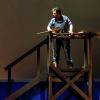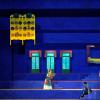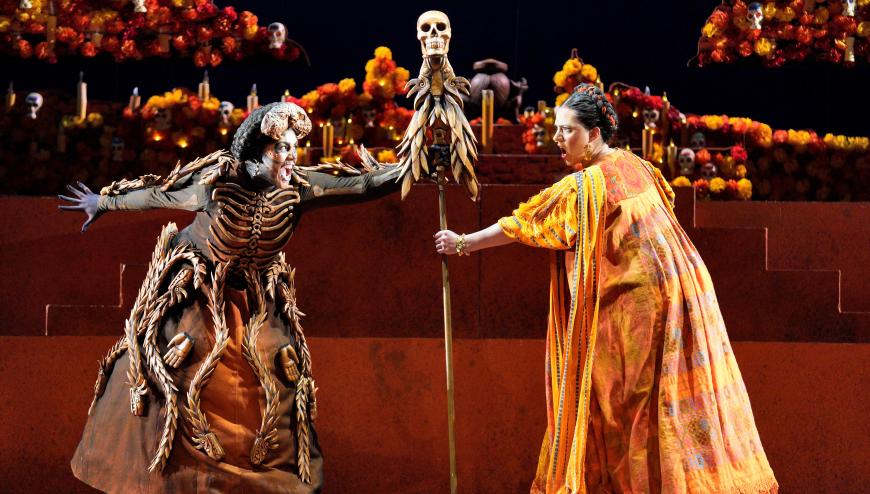
Eloise Kazan is an internationally recognized costume designer renowned for her visionary flair. A master collaborator, she has more than 60 productions to her credit in theater, dance, opera, and film.
Her latest creation is with two of her longtime associates, director Lorena Maza and scenic designer Jorge Ballina — the haunting opera El último sueño de Frida y Diego (The last dream of Frida and Diego). This new work by composer Gabriela Lena Frank and librettist Nilo Cruz explores the tempestuous relationship between the two great artists Diego Rivera and Frida Kahlo in a story framed by the colorful celebration of Día de los Muertos (or the Day of the Dead).
The production was first presented by San Diego Opera in 2022, was then greatly enhanced for its San Francisco Opera premiere last June, and is now set for its Los Angeles Opera premiere, which boasts an increased Hispanic presence in the cast. Performances will take place at the Dorothy Chandler Pavilion from Nov. 18 – Dec. 9.
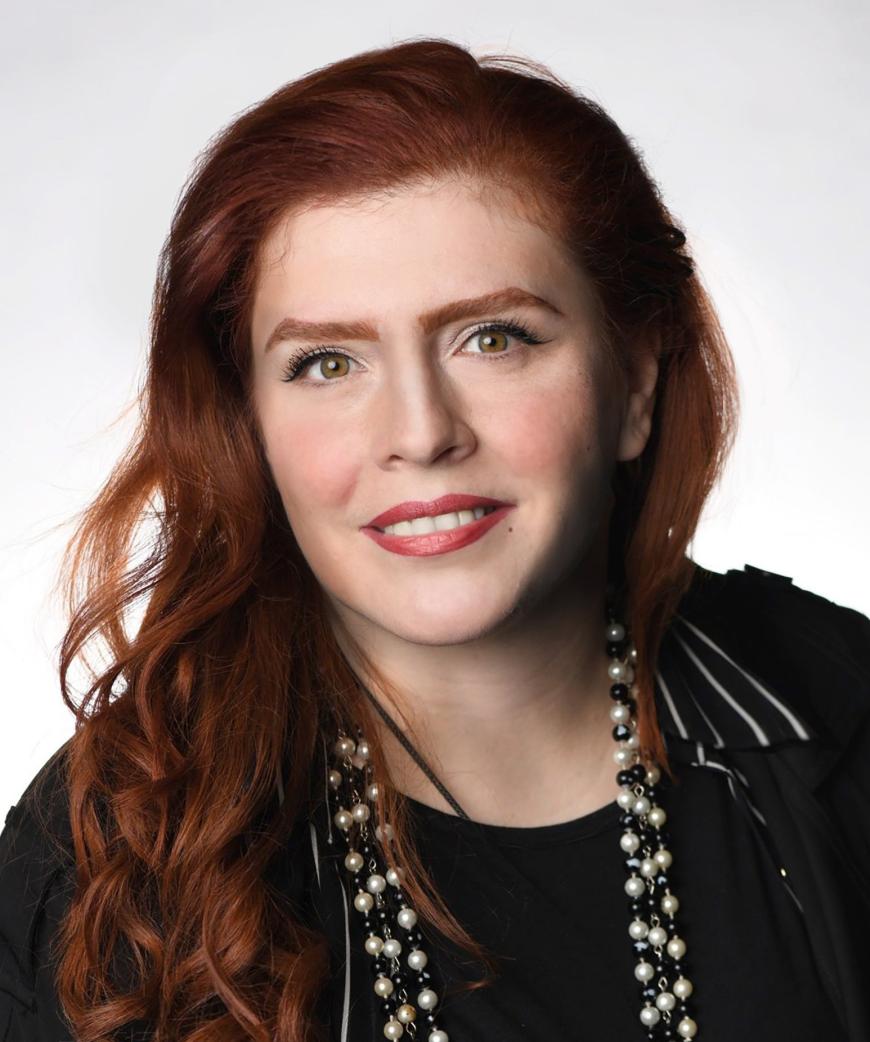
Kazan previously worked on two major projects that allowed her to delve deeply into the rich cultural history of Mexico: A Soldier in Every Son for the Royal Shakespeare Company in 2012 and the grand civic pageant Yo México, celebrating the 100th anniversary of the Mexican Revolution, in 2010. She spoke to SF Classical Voice about the designs for Frida y Diego from her Mexico City home.
Could you talk about how being Mexican and your past explorations of Mexican culture influenced your work on El último sueño de Frida y Diego?
I really enjoy exploring my Mexican cultural history. But I want to mention I am half Croatian. It allows me to see these influences as a Mexican but also as a foreigner. I think that’s an advantage. When I worked on Yo México, that was a huge show that we presented in the main square of Mexico City. It involved 300 dancers and 500 costumes. It was a national celebration of Mexican history. But we wanted it to be something younger generations could relate to. It started with images of prehistoric Mexico and the conquest [and went] all the way up to today.
When were you first approached about doing the costumes for Frida y Diego?
About two years ago, I was invited to one of the early workshops. I have worked with the director, Lorena Maza, before on seven or eight productions and with Jorge Ballina, who did the sets, even more, on 14 or 15 productions, as well as [with] the lighting designer, Victor Zapatero. So, we already have a shorthand of working together. There’s a great deal of communication and trust.
Before we started designing, we had several sessions just talking about Frida and Diego and the history of that time. [The opera begins in 1957, three years after Kahlo’s death.] We also discussed popular cliches about Frida that we saw as pitfalls, the cult of Frida. We knew we wanted to reference the paintings because that was essential. But we wanted to make Frida’s world our own while remaining respectful. We wanted to show the work but also the culture and history that inspired it.
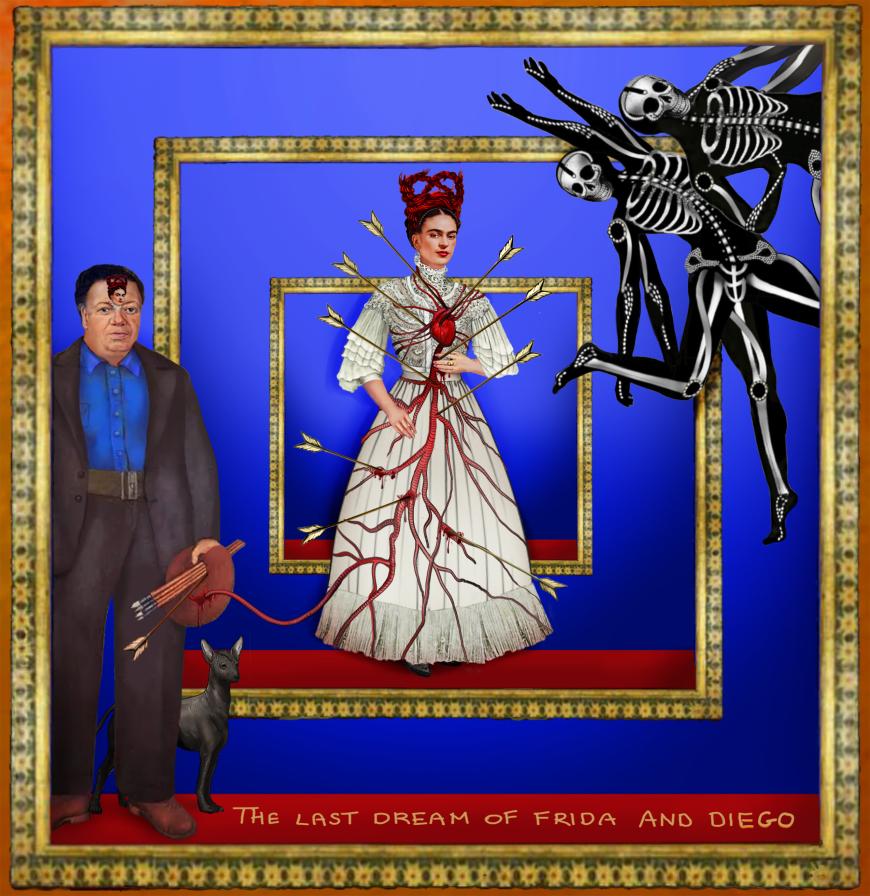
We looked to those sources for inspiration. We also went to the places they lived and where they spent time. I, of course, paid a great deal of attention to the clothing because how Frida dressed was an inseparable part of who she was.
A great deal of emphasis has been placed on the pain that Frida experienced in her life and how that pain found expression in her paintings. We discovered there was another side of her that was humorous and playful and showed her enjoyment of life. We wanted to emphasize that side of Frida that has not been explored as much. It’s the contrast of those two aspects of her life that, I think, makes the opera unique.
The opera is divided between a celebration of the Day of the Dead following Kahlo’s death and, in the second act, the personal history between Kahlo and Rivera that led up to that. That structure offers a lot of range. Is that how you see it?
I agree. … There were these magical moments during the design process and the first staging where everything just clicked. Realizing the options that [the opera’s] structure opened up was one of them. I also love Gabriela Lena Frank’s music. It’s not always the case that all the elements of a production come together. In this case, they came together very naturally.
You knew you were going to introduce Kahlo’s paintings. Talk about how you chose to do that.
One of the things Lorena felt strongly about is that Frida doesn’t just come back from the dead for Diego. She comes back for the paintings. She lost the colors that were so much a part of her life that inspired her art. Her relationship with Diego was an important part of her life. But she was also, in every way, an artist. We wanted to make that point and that it was just as important. It was about establishing a balance between her life with Diego and her desire to return for the paintings. There are so many sides to Frida. She’s such a rich character.
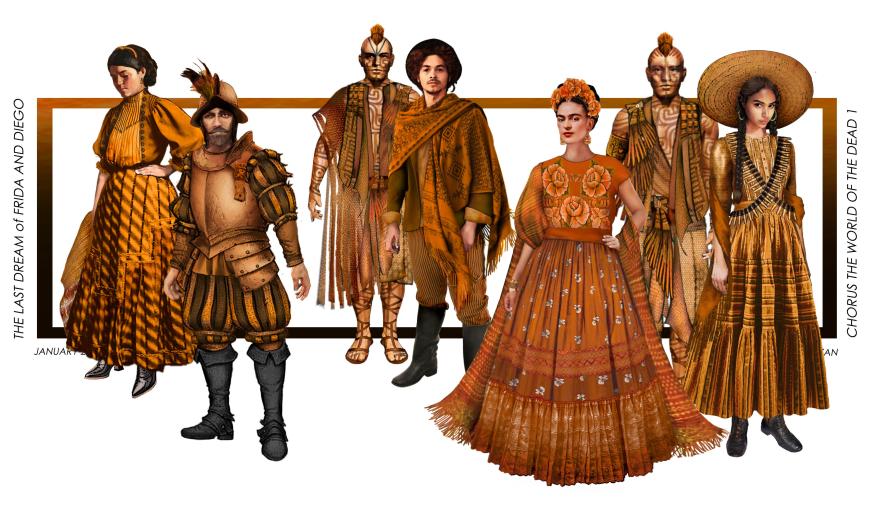
Could you explain how the production has evolved?
When we had the world premiere in San Diego, we really didn’t have the time; we were so rushed. But it did give us the chance to see it onstage. Then we got to revisit it in a few months. That was incredibly valuable. After seeing all the costumes in context, I was able to bring them back to the workshop and say we need to take this out, put this in, bring this up. We were able to polish everything. When we opened in San Francisco, we’d had the time we needed to make it into the vision we had.
And what will be different in Los Angeles?
In Los Angeles, we’re giving it a final polish. And while some of our leading singers are back, which is wonderful, something I missed a bit in San Francisco, and you will see in L.A., is the expanded presence of Hispanic singers [in the cast], especially as the historical characters representing the Spanish conquest and pre-Columbians.
Talk about the character of Catrina, the keeper of the dead, who will be sung in Los Angeles by Ana María Martínez.
She is based on a real woman who was involved in the Mexican art scene of Frida and Diego. Her character, though, is rooted in old Mexico and its folk traditions. Catrina appears fully costumed in one of Diego’s paintings of her. She represents the spirit of Mexico, which has been there forever — the spirit of life and death.


